Lab 9: Protists
1/75
Earn XP
Description and Tags
Flashcards covering key concepts from the Lab 9 lecture on Protists.
Name | Mastery | Learn | Test | Matching | Spaced |
|---|
No study sessions yet.
76 Terms
Protist
A diverse group of eukaryotic microorganisms, often classified in various supergroups.
Autotrophic
Organisms that produce their own food, typically through photosynthesis.
Heterotrophic
Organisms that obtain food by consuming other organisms. Includes phagocytic and absorptive types.
Cilia
Short hair-like structures used for movement in some protists.
Flagella
Long whip-like structures used for movement in some protists.
Pseudopodia
Temporary projections of eukaryotic cells used for movement and feeding.
Unicellular
Organisms composed of a single cell.
Filamentous
Organisms that form long, thread-like structures.
Colonial
Organisms that live in groups, often composed of many cells.
Multicellular sheet
Organisms that form a flat layer of cells.
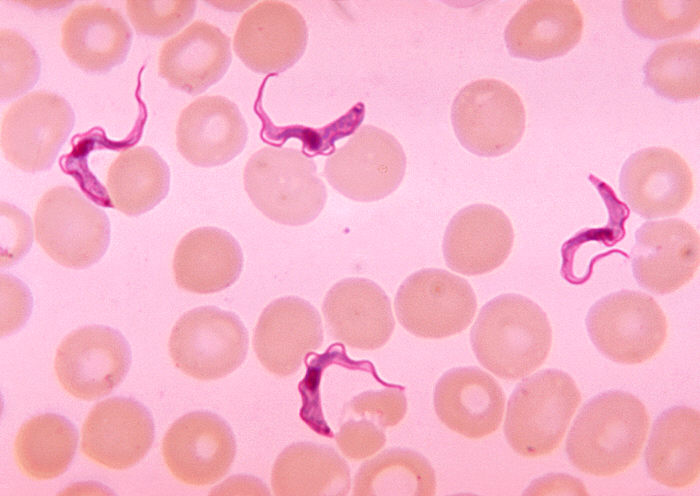
Trypanosoma
phylum kinetoplastea
sleeping sickness
tsetse fly
Plasmodium
A genus of parasitic protists that causes malaria.
Spirogyra
A green algae known for spiral-shaped chloroplasts and reproductive conjugation.
Volvox
A colonial green algae characterized by its flagellated cells forming spherical colonies.
Diatoms
A type of algae known for their intricate silica shells or tests.
Brown Algae
Multicellular macroalgae that include species such as kelp, belonging to the Phylum Phaeophyta.
Red Algae
Multicellular algae found in marine environments, belonging to the Phylum Rhodophyta.
Ciliophora
A phylum of protists characterized by the presence of cilia.
Amoebozoa
A phylum of protists that move and feed using pseudopodia.
Apicomplexa
A phylum of parasitic protists; includes Plasmodium, the malaria-causing organism.
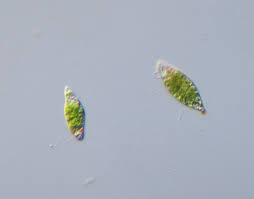
Supergroup Excavata
phylum Euglenida
Genus Euglena
flagella

Supergroup Archaeplastida
Phylum Chlorophyta
Genus Spirogyra: vegetative
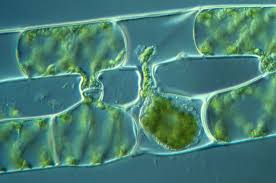
Supergroup Archaeplastida
Phylum chlorophyta
Spirogyra: conjugation
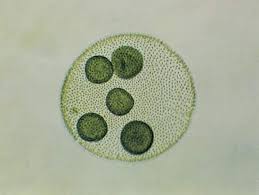
Supergroup achaeplastida
Phylum Chlorphyta
Genus Volvox
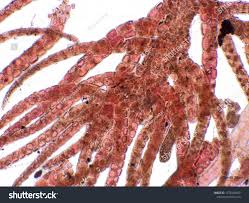
Supergroup Archaeplastida
Phylum Rhodophyta
Genus red algae
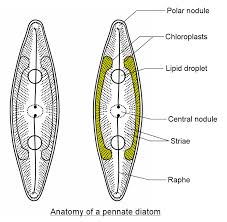
Supergroup SAR - stramenopiles
phylum bacillariophyta
“diatom”
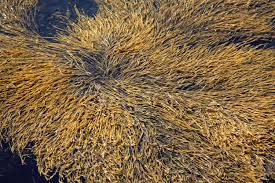
Supergroup SAR - stramenopiles
Phylum Phaeophyta
“brown algae”
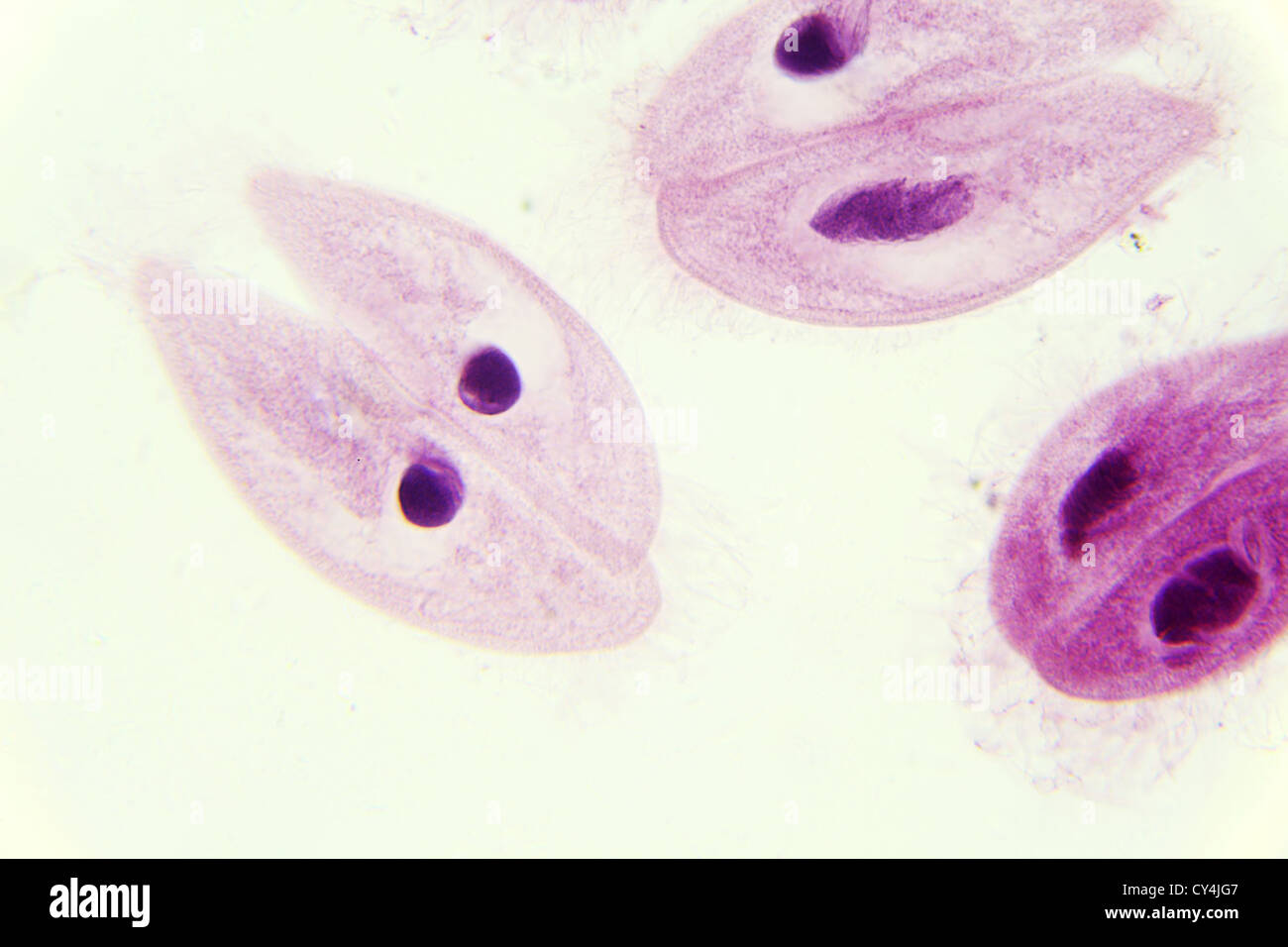
Supergroup SAR - Alveolates
phylum ciliophora
Genus paramecium
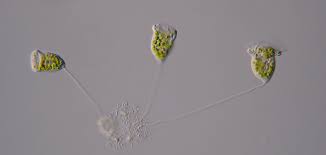
Supergroup SAR - Alveolates
Phylum ciliophora
Genus vorticella

Supergroup SAR - Alveolates
Phylum apicomplexa
Genus plasmodium

Supergroup SAR - Alveolates
Phylum dinozoa
Genus ceratium
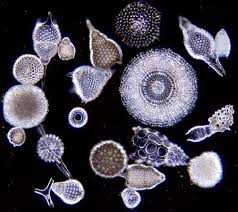
Supergroup SAR - Rhizarians
Phylum Radiolaria
1 chamber silica
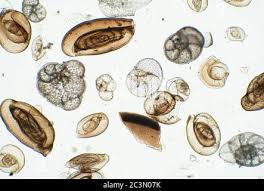
Supergroup SAR - Rhizarians
Phylum Foraminifera
multichamber CaCO3
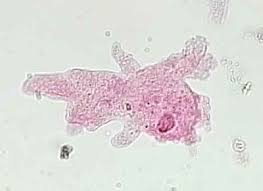
Supergroup Unikonta
Phylum Amoebozoa
Genus amoeba
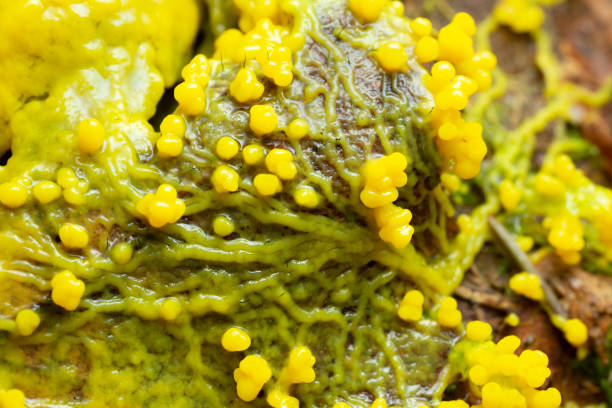
supergroup Unikonta
Phylum Amoebozoa
Genus Slime mold
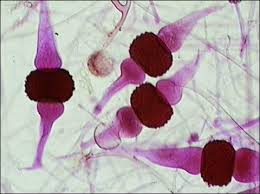
Phyum Zygomycota
Genus Rhizopus
“Zygospore”
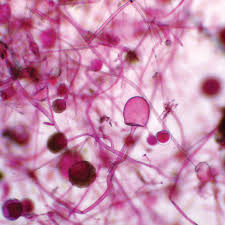
Phylum zygomycota
Genus Rhizopus
“Sporangium”
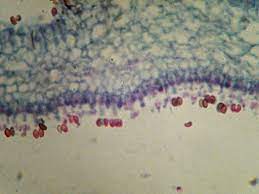
Phylum Basidiomycota
Genus Coprinus
“mushroom”
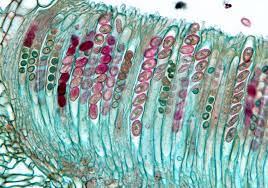
Phylum Ascomycota
Genus Peziza
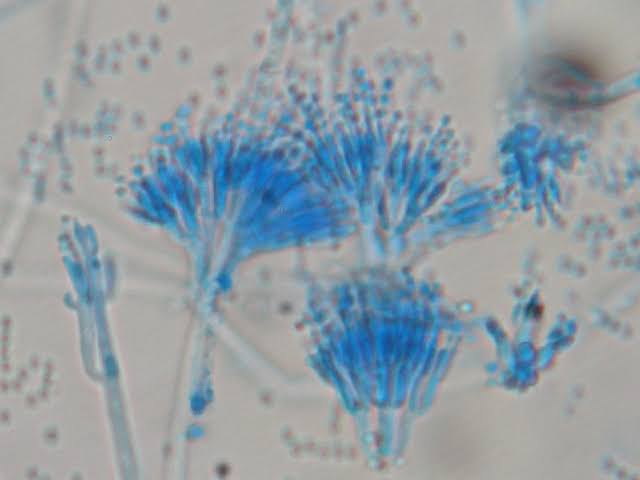
Phylum ascomycota
Genus penicillium

Phylum Lichen
Genus Physcia

Phylum Lichen
Genus Physcia
GROWTH
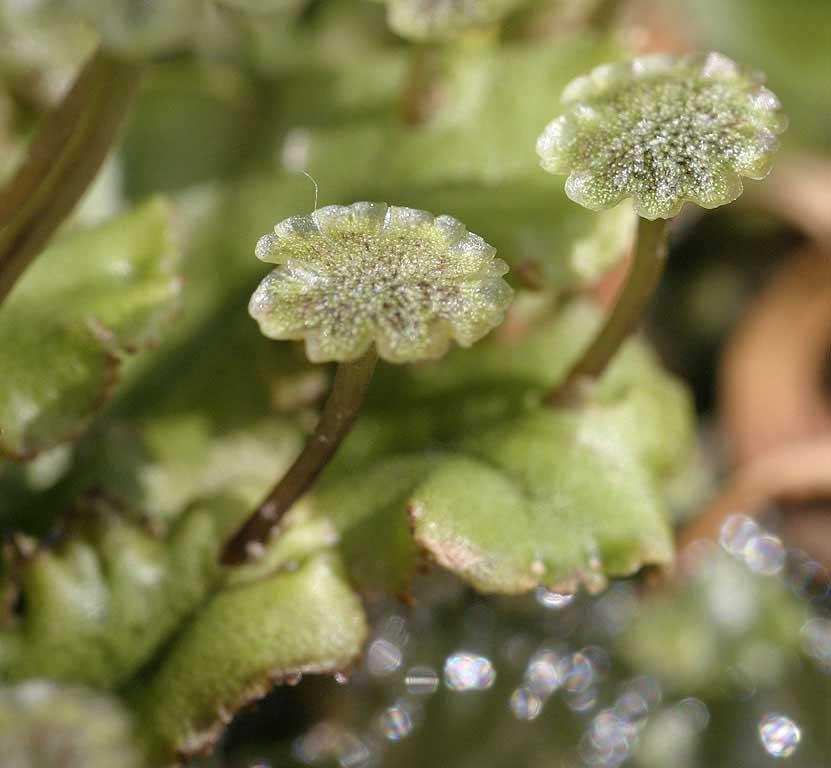
“Liverwort”
Phylum marchantiophyta
antheridophore
REAL
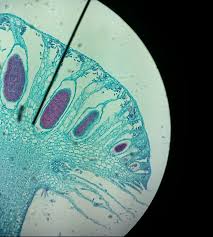
“Liverwort”
Phylum marchantiophyta
Antheridiophore
MICROSCOPE
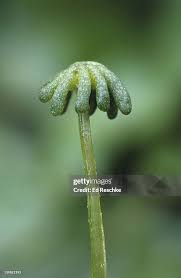
“liverwort”
Phylum Marchantiophyta
Archegoniophore
REAL
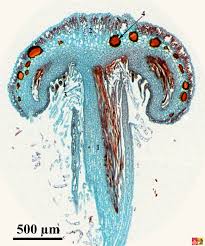
“liverwort”
Phylum Marchantiophyta
Archegoniophore
MICROSCOPE

“Moss”
Phylum Bryophyta
Gametophyta
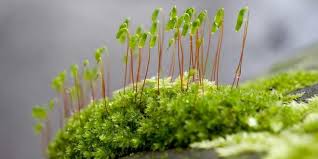
“Moss”
Phylum Bryophyta
Sporophyta
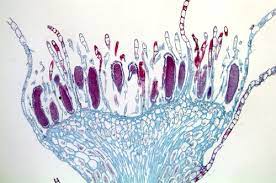
Moss - bryophyta
Male Gametophyte with antheridia
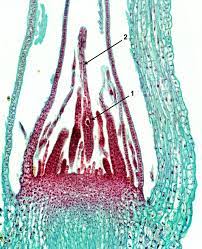
Moss - Bryophyta
Female gametophyta with archegonia

Phylum monilophyta
“Fern”
megaphyll

Phylum monilophyta
“Fern” - SOROUS

Phylum monilophyta
“Horsetail”

Phylum lycophyta
“club moss”
microphyll
SPIKYYYYYYY
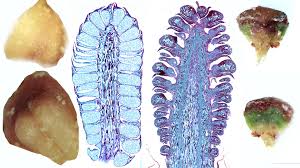
Pine - coniferophyta
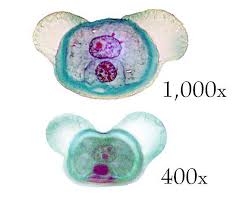
Pine - coniferophyta
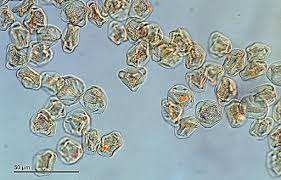
Angiosperm pollen
phylum anthophyta

angiosperm flower
phylum anthophyta
OVARY
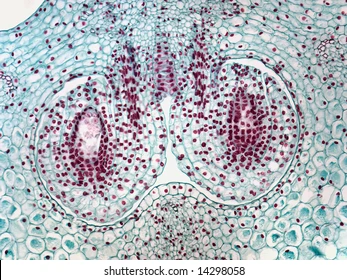
Angiosperm flower
phylum anthophyta
MEGASPORANGIUM
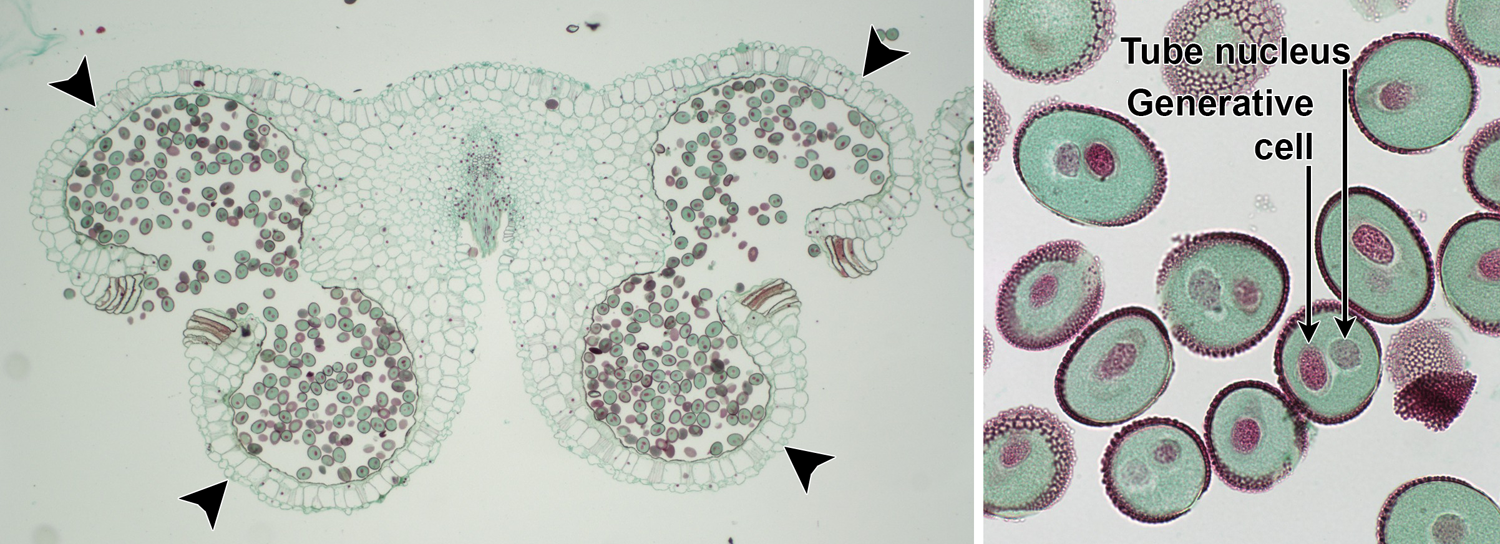
Angiosperm flower
Phylum anthophyta
MICROSPORANGIUM
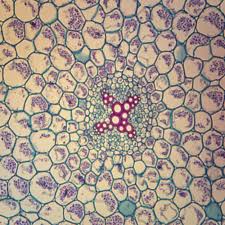
Eudicot root

Monicot root
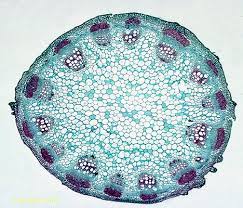
Eudicot stem
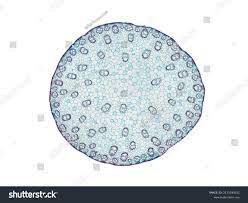
monicot stem
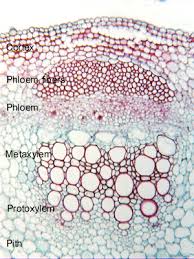
Eudicot vascular bundle
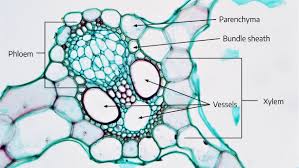
Monicot vascualr bundle
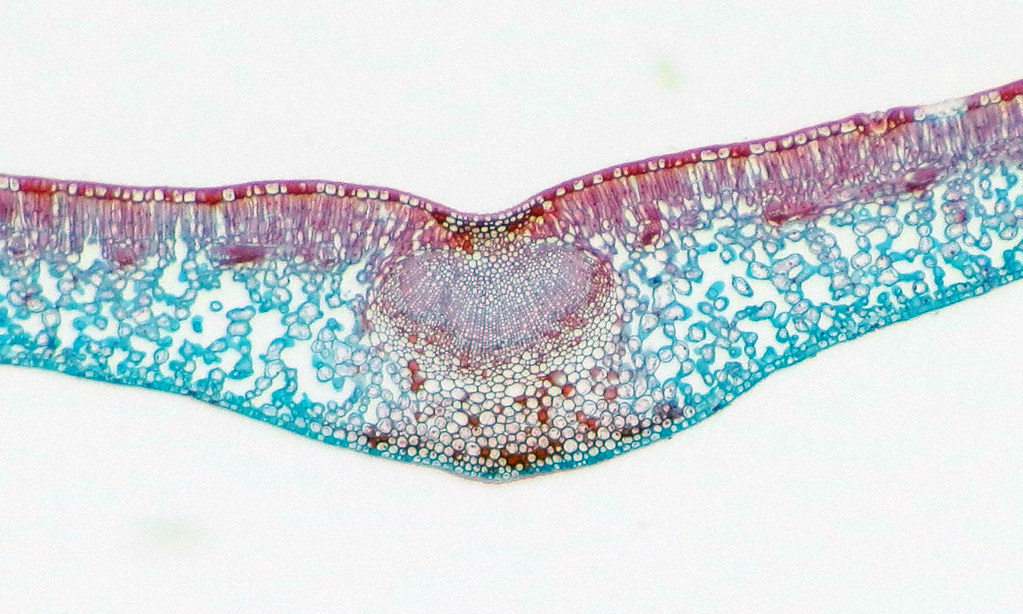
Eudicot leaf
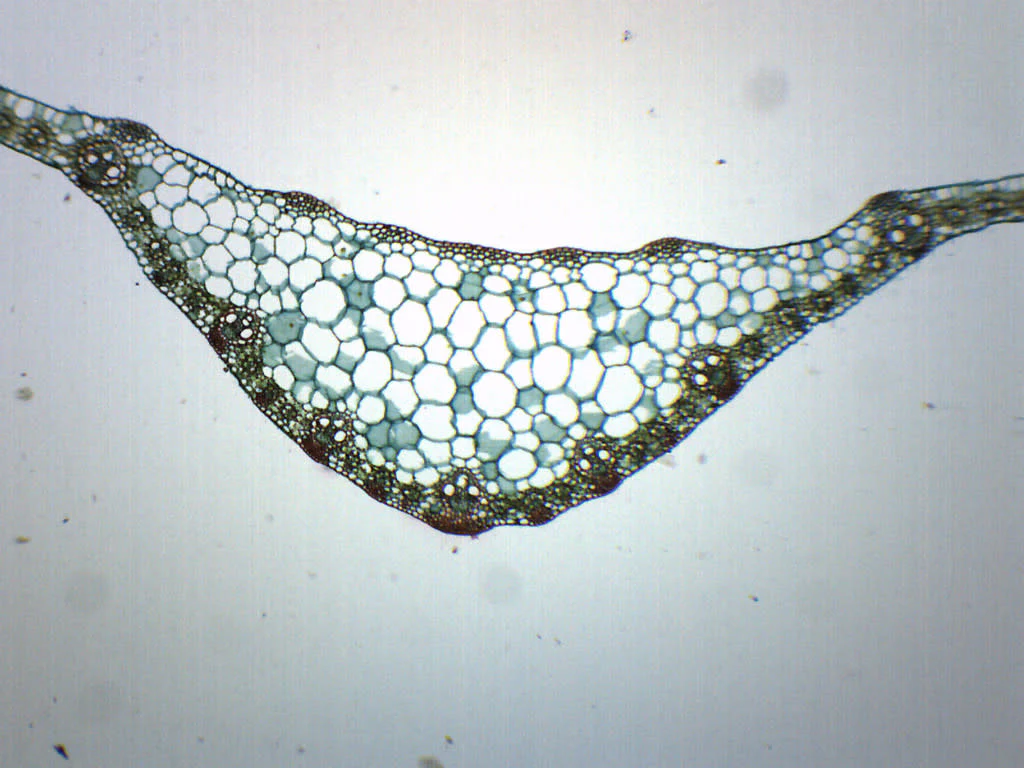
monocot leaf
Thallus
entire body
Hold fast
root like
Stipe
stem like
blades
leaf like
bladder
gas filled —> bouyancy
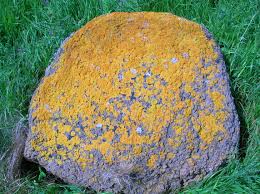
crustose - Grow horizontally and form a thin sheet or crust over the surface on which they are found
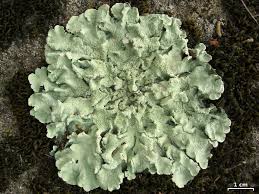
Foliose - Form more broad leaf-like or lobed structures that extend above the surface on which they are found
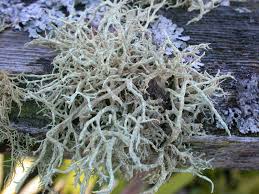
Fruticose - form more elaborate structures that may be finely branched with fruiting-like
bodies